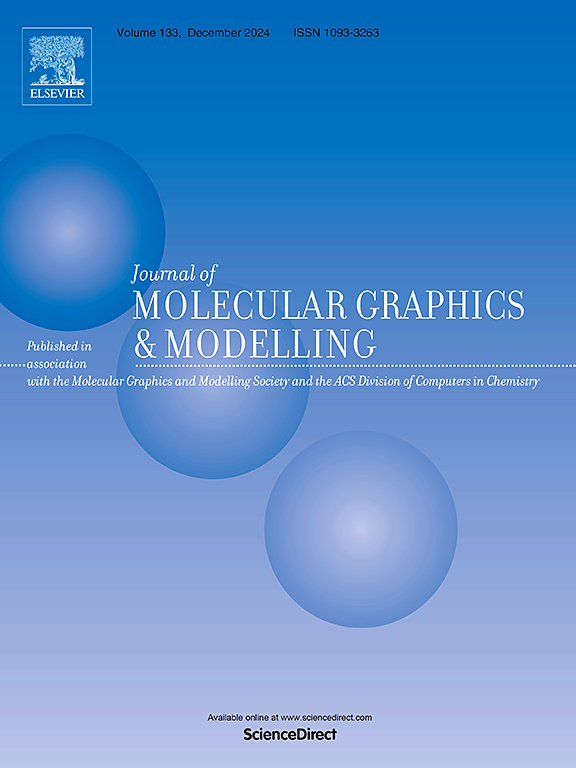Unravelling selectivity discrepancies of protoporphyrin binding to glutathione transferase: A comparative analysis of molecular dynamic simulated versus implicit solvent-minimized protein models
IF 2.7
4区 生物学
Q2 BIOCHEMICAL RESEARCH METHODS
引用次数: 0
Abstract
Schistosomiasis is a neglected tropical disease caused by parasitic trematodes, which are an ongoing global health and veterinary concern owing to their acquired drug resistance pressure to available treatment. There is a need for a new generation of effective anthelmintics for preventive and therapeutic purposes. Natural products, such as porphyrins, have been reported to inhibit the main detoxification enzymes in these parasites, called glutathione transferases, which help them evade immune response and drug therapy, thus making them good drug targets. Computational modelling was used to screen potential inhibitors out of 461 protoporphyrin IX-like compounds, including a potent known inhibitor called bromosulfophthalein. However, unlike traditional docking, where the stable energy-minimized structure is used, a short molecular dynamic simulation step was added to yield the most averaged protein structure conformation as the starting point of high throughput virtual screening. Here, it was shown that the starting point is crucial as the results suggested different lead compounds; for the 26-kDa japonicum GST, the top-scoring compounds were CID: 122690402 for the minimized structure and CID: 137797052 for the MD-simulated structure. Similarly, for the 28-kDa haematobium GST, the lead compounds were CID: 70415734 and CID: 69301914, respectively. These results highlight the importance of incorporating protein dynamics into structure-based drug design and provide valuable insights into the development of porphyrin-based therapeutics against schistosomiasis and other helminthic infections.

求助全文
约1分钟内获得全文
求助全文
来源期刊

Journal of molecular graphics & modelling
生物-计算机:跨学科应用
CiteScore
5.50
自引率
6.90%
发文量
216
审稿时长
35 days
期刊介绍:
The Journal of Molecular Graphics and Modelling is devoted to the publication of papers on the uses of computers in theoretical investigations of molecular structure, function, interaction, and design. The scope of the journal includes all aspects of molecular modeling and computational chemistry, including, for instance, the study of molecular shape and properties, molecular simulations, protein and polymer engineering, drug design, materials design, structure-activity and structure-property relationships, database mining, and compound library design.
As a primary research journal, JMGM seeks to bring new knowledge to the attention of our readers. As such, submissions to the journal need to not only report results, but must draw conclusions and explore implications of the work presented. Authors are strongly encouraged to bear this in mind when preparing manuscripts. Routine applications of standard modelling approaches, providing only very limited new scientific insight, will not meet our criteria for publication. Reproducibility of reported calculations is an important issue. Wherever possible, we urge authors to enhance their papers with Supplementary Data, for example, in QSAR studies machine-readable versions of molecular datasets or in the development of new force-field parameters versions of the topology and force field parameter files. Routine applications of existing methods that do not lead to genuinely new insight will not be considered.
 求助内容:
求助内容: 应助结果提醒方式:
应助结果提醒方式:


